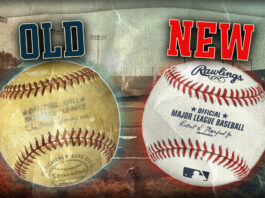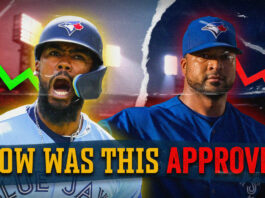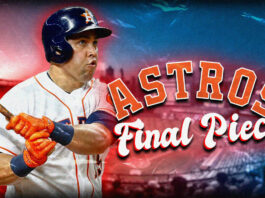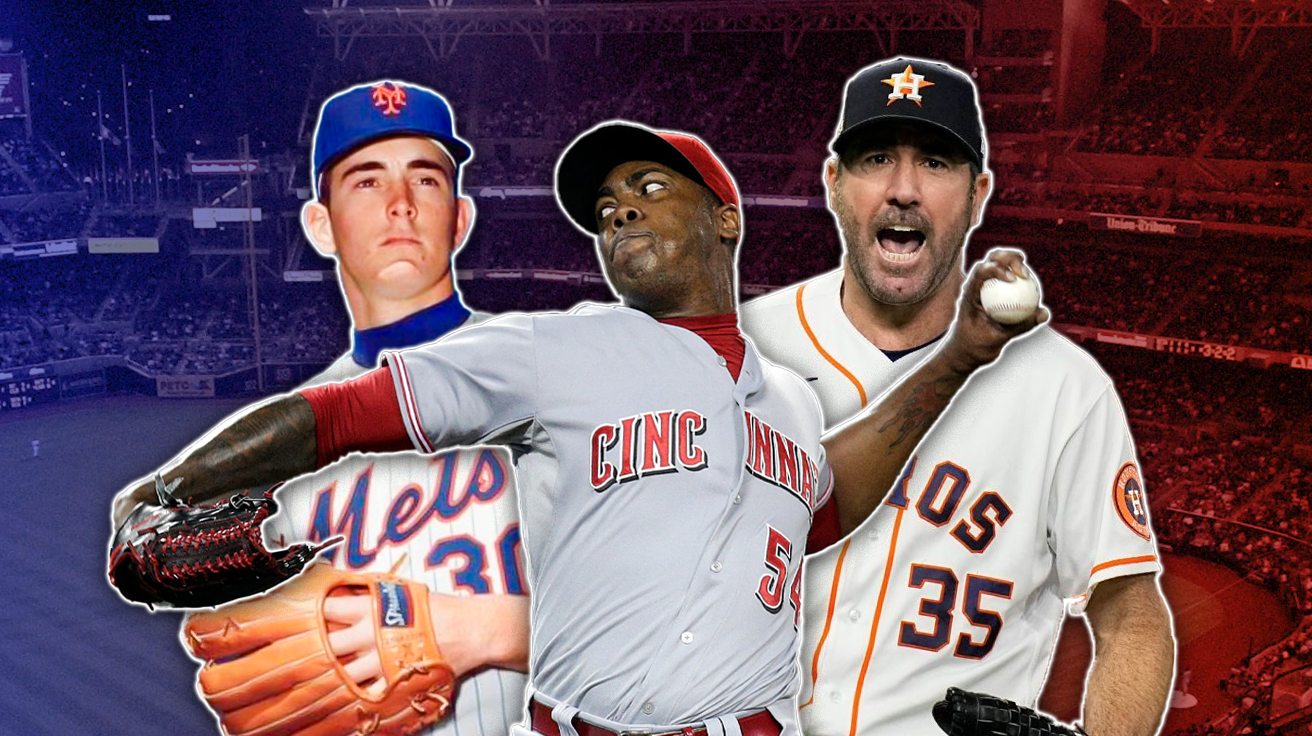
Ever notice how hitters fidget in the box when facing certain pitchers? That uncomfortable dance at the plate isn’t just preparation—it’s anxiety in motion. Baseball’s evolution from gentlemanly tosses to triple-digit heat tells us everything about how the game transformed from polite recreation to psychological warfare. The art of intimidation from 60 feet, 6 inches away has been perfected over generations, creating a lineage of arms that kept batters awake the night before games.
The best weren’t just blessed with rocket launchers for arms. They combined physical gifts with technical mastery and the mental edge of a chess grandmaster. When we examine baseball’s most feared pitchers, we’re really exploring the delicate balance between athleticism and artistry, between raw power and refined technique. Grab your batting gloves—you’re about to face the most intimidating rotation ever assembled.
5. Bob Feller: The Farm Boy Who Threw Lightning
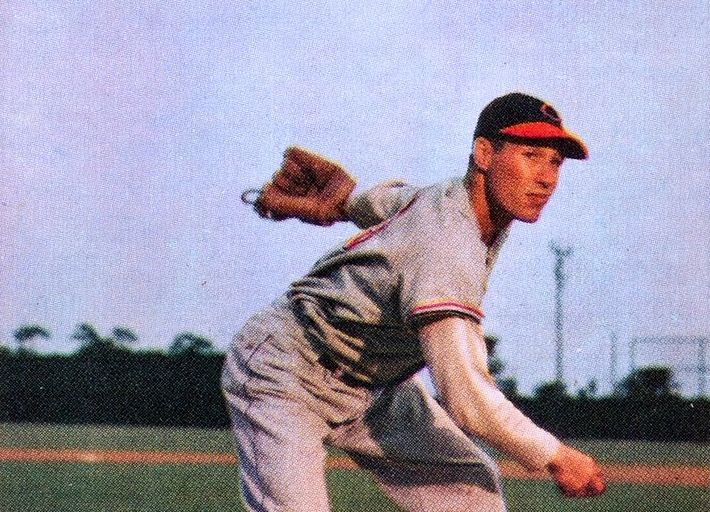
In 1936, while most teenagers worried about homework, 17-year-old Bob Feller was busy making major league hitters look silly. Born on an Iowa farm in 1918, Feller brought country strength to the mound before strength training existed. His fastball—clocked at 98.6 mph using military chronograph equipment—arrived like a surprise tax audit: unexpected and thoroughly unpleasant.
What separates Feller from other great arms wasn’t just that he threw smoke. It’s that he walked away from baseball at his peak to serve nearly four years in the Navy during World War II. The math tells a bittersweet story: despite missing those prime years, he still piled up 266 wins and 2,581 strikeouts. With his 279 complete games and first-ballot Hall of Fame induction (93.8% of votes), Feller proved greatness isn’t just measured in statistics but in character. Those missing 100 wins and 1,000 strikeouts? Consider them the most patriotic numbers never recorded.
4. Nolan Ryan: When Durability Met Dominance
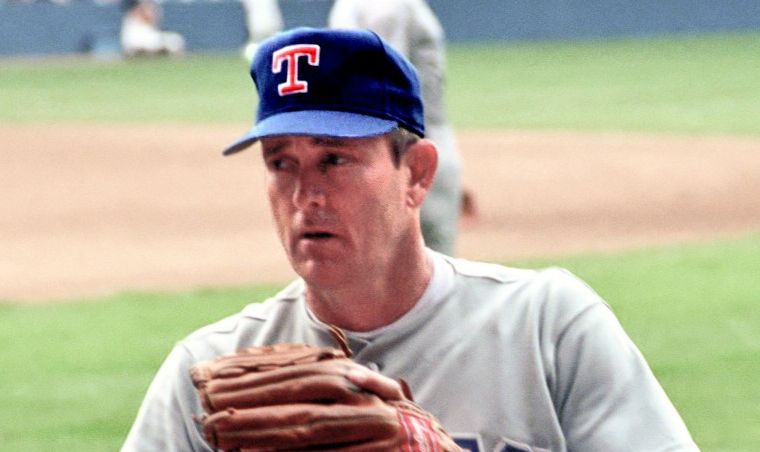
Some numbers in baseball seem made up. Nolan Ryan’s aren’t, though they might as well be: 27 seasons, 5,714 strikeouts, seven no-hitters, and a fastball still touching 96 mph when his peers were collecting Social Security. Ryan didn’t just play during different eras—he dominated them all, appearing on baseball cards that stretched from the Kennedy administration to the Clinton years.
The Texas fireballer was baseball’s ultimate contradiction. His control came and went like reception in a dead zone (he led the league in walks eight times), yet his 6.56 hits allowed per nine innings remains MLB’s all-time best. He never won a Cy Young Award despite statistics that read like a created player in a video game. His 383 strikeouts in 1973 and six seasons with over 300 Ks showcase a dominance that earned him 98.8% Hall of Fame support. Ryan’s greatest innovation? Showing that power pitching wasn’t just for the young, rewriting our expectations of what’s possible in a pitcher’s 40s.
3. Randy Johnson: The Most Terrifying Bird Hunter in History
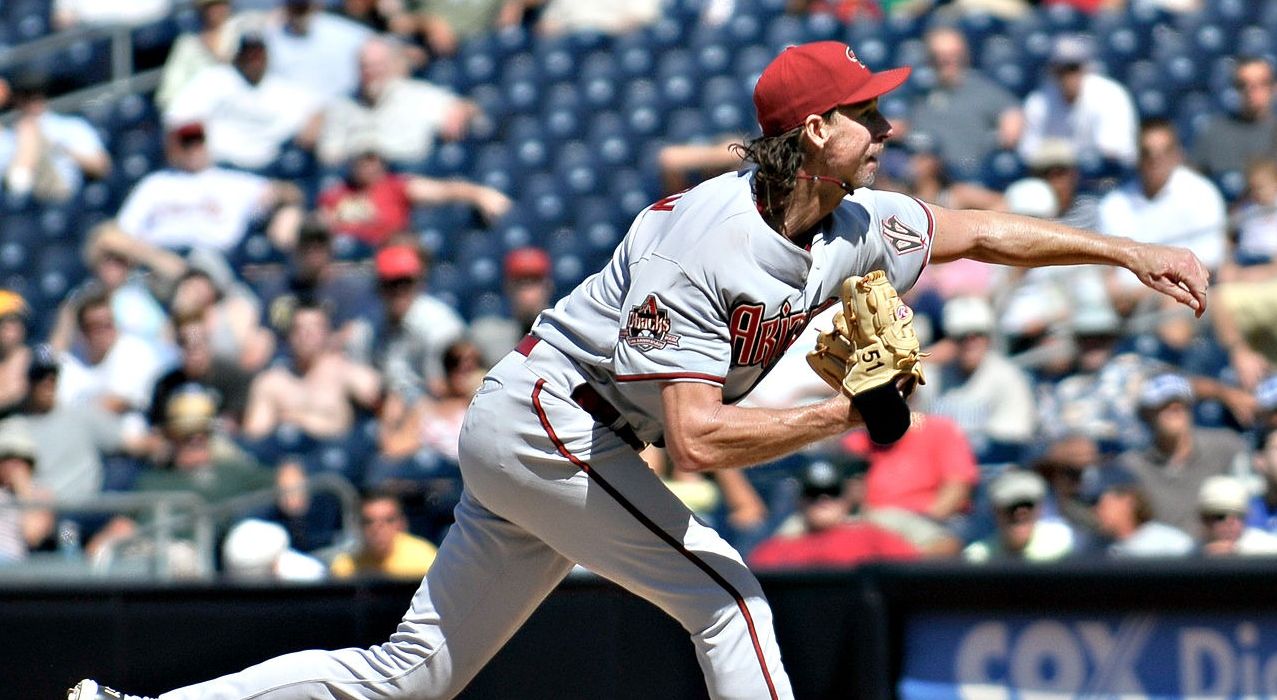
If baseball held a casting call for “Intimidating Pitcher,” Randy Johnson would win without throwing a pitch. Standing 6’10” with wild hair and a wilder mullet, Johnson’s presence alone made batters consider calling in sick. His sidearm delivery meant his 100+ mph fastball and devastating slider appeared to be coming from somewhere around the first base coach.
The numbers tell part of the story: 4,875 strikeouts (second all-time), five Cy Young Awards, and a perfect game at age 40. But Johnson’s true legacy was psychological. Left-handed batters facing him experienced something between discomfort and existential dread. After working with Nolan Ryan to harness his control, Johnson transformed from wild thrower to precision instrument of torture. His evolution from early-career wildness to surgical dominance earned him 97.3% Hall of Fame support and unofficial status as the most feared lefty hurler in history. Just ask that unfortunate bird that exploded during spring training—timing matters.
2. Justin Verlander: The Thinking Man’s Flamethrower
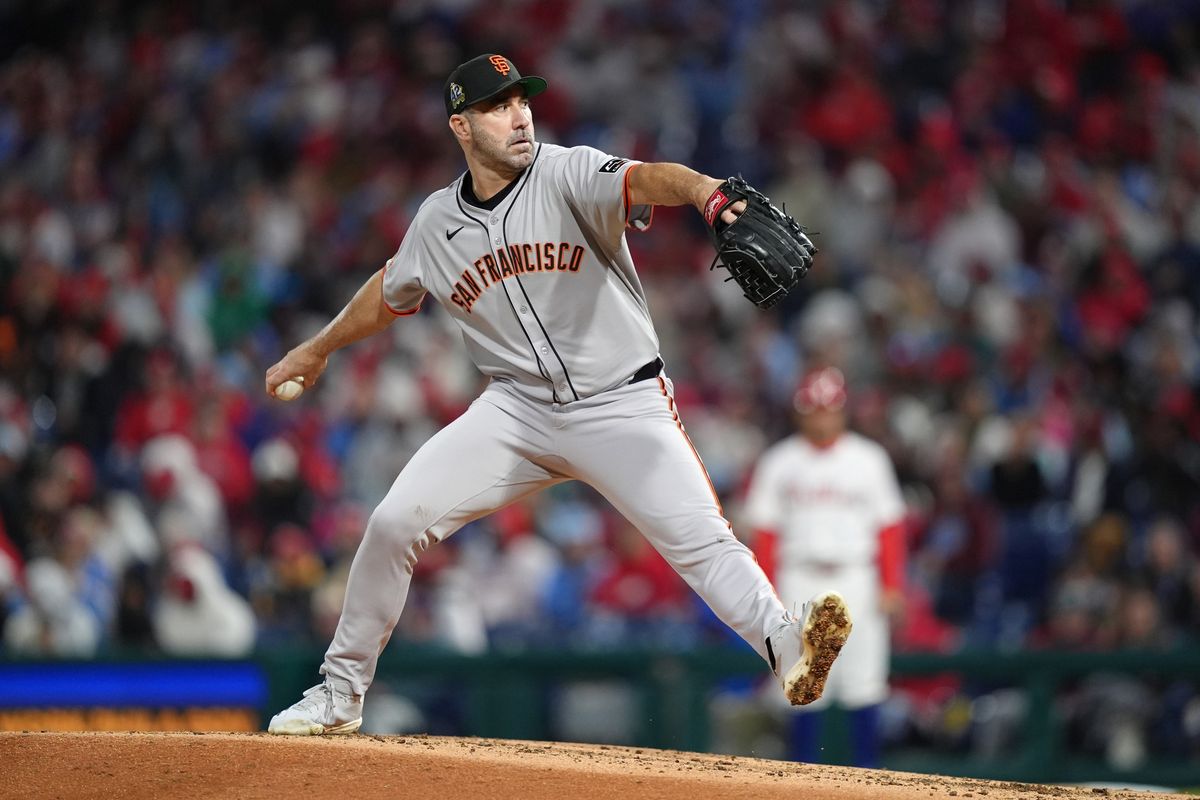
Most pitchers save bullets as games progress. Justin Verlander loads more ammo. Since his 2005 debut, Verlander has defied pitching physics, somehow throwing harder in later innings than early ones. His 2011 season—when he captured the AL Triple Crown and both Cy Young and MVP trophies—wasn’t just dominant; it was a master class in how modern power pitching could still embrace old-school endurance.
Verlander’s career reads like a how-to manual for pitching longevity. His fastball has touched 101-102 mph, but his true weapon is adaptability. Three no-hitters across 12 seasons (2007, 2011, 2019) showcase remarkable staying power. After recovering from Tommy John surgery in 2020—a procedure that ends many careers—he returned to elite form, proving his mind is as resilient as his arm. While other power pitchers faded, Verlander embraced analytics to extend his effectiveness, bridging baseball’s gut-feeling past with its data-driven present.
1. Aroldis Chapman: When Physics Met Baseball and Winced
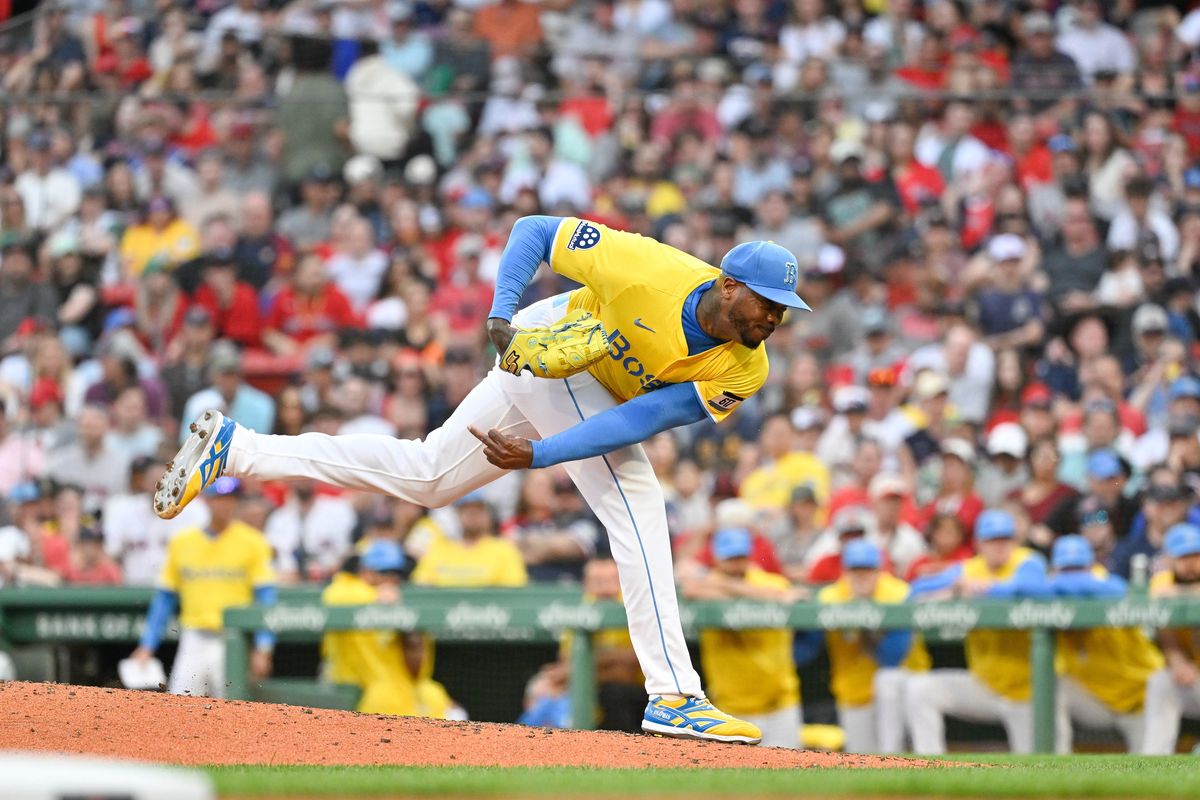
Remember when Doc Brown needed 1.21 gigawatts to power his time machine in “Back to the Future”? That’s roughly the energy Aroldis Chapman channels through his left arm. When the Cuban defector arrived in MLB in 2010, his 105.1 mph fastball didn’t just break records—it broke understanding of what human arms could do. Radar guns questioned their own readings.
Chapman turned relief pitching into appointment viewing. His four-seamer (averaging 98.3 mph) and sinker (averaging 100.7 mph in 2021) transformed ninth innings into unfair fights. During the 2021 season, batters went 0-for-28 with 20 strikeouts against his sinker, producing a 52.8% whiff rate that borders on bullying. While his occasional wildness and postseason hiccups have brought criticism, his influence is undeniable. Every team now hunts for triple-digit relievers, but Chapman set the standard by which velocity is measured. For hitters, facing Chapman isn’t baseball—it’s survival.

